What is the best way to water my Columbine meadow-rue?
When watering the Columbine meadow-rue, you should aim to use filtered water that is at room temperature. Filtered water is better for this plant, as tap water can contain particles that are harmful to its health. The reason that the water should be at room temperature or slightly warmer is that the Columbine meadow-rue comes from a warm environment, and cold water can be somewhat of a shock to its system. Also, you should avoid overhead watering for this plant, as it can cause foliage complications. Instead, simply apply your filtered room temperature water to the soil until the soil is entirely soaked. Soaking the soil can be very beneficial for this plant as it moistens the roots and helps them continue to spread through the soil and collect the nutrients they need.
![more]()
What should I do if I water my Columbine meadow-rue too much or too little?
Both overwatering and underwatering will be detrimental to the health of your Columbine meadow-rue, but overwatering is a far more common issue. When this species receives too much water, its stems and leaves may begin to wilt and turn from green to yellow. Overwatering over a prolonged period may also lead to diseases such as root rot, mold, and mildew, all of which can kill your plant. Underwatering is far less common for the Columbine meadow-rue, as this plant has decent drought tolerance. However, underwatering remains a possibility, and when it occurs, you can expect to find that the leaves of your Columbine meadow-rue have become brittle and brown. It is crucial that you notice the signs of overwatering as soon as possible when caring for your Columbine meadow-rue. Some of the diseases that arise from overwatering, such as root rot, may not be correctable if you wait too long. If you see early signs of overwatering, you should reduce your watering schedule immediately. You may also want to assess the quality of soil in which your Columbine meadow-rue grows. If you find that the soil drains very poorly, you should replace it immediately with a loose, well-draining potting mix. On the other hand, if you find signs that your Columbine meadow-rue is receiving too little water, all you need to do is water more regularly until those signs have subsided.
![more]()
How often should I water my Columbine meadow-rue?
If your plant is in a pot. The most precise way to decide whether your Columbine meadow-rue needs water is to plunge your finger into the soil. If you notice that the first two to three inches of soil have become dry, it is time to add some water. If you grow your Columbine meadow-rue outdoors in the ground, you can use a similar method to test the soil. Again, when you find that the first few inches of soil have dried out, it is time to add water. During the spring and early fall, this method will often lead you to water this plant about once every week. When extremely hot weather arrives, you may need to increase your watering frequency to about twice or more per week. With that said, mature, well-established the Columbine meadow-rue can show an admirable ability to withstand drought.
![more]()
How much water does my Columbine meadow-rue need?
When it comes time to water your Columbine meadow-rue, you should not be shy about how much water you give. With the first two to three inches of soil dry, this plant will appreciate a long and thorough watering. Supply enough water to soak the soil entirely. The amount of water you add should be enough to cause excess water to flow through the drainage holes at the bottom of your pot. If you don’t see excess water draining from the pot, you have likely underwatered your plant. But do not let the water accumulate inside the soil, which will be very dangerous to the plant as well. Alternatively, a lack of water draining through the pot could indicate poorly draining soils, which is detrimental to the health of this plant and should be avoided. If the plant is outside, 1 inch of rain per week will be sufficient.
![more]()
How should I water my Columbine meadow-rue at different growth stages?
The water needs of the Columbine meadow-rue can change depending on growth stages as well. For example, when your Columbine meadow-rue is in the first few years of its life, or if you have just transplanted it to a new growing location, you will need to give more water than usual. During both of those stages, your Columbine meadow-rue will put a lot of energy towards sprouting new roots that will then support future growth. For those roots to perform their best, they need a bit more moisture than they would at a more mature phase. After a few seasons, your Columbine meadow-rue will need much less water. Another growth stage in which this plant may need more water is during the bloom period. Flower development can make use of a significant amount of moisture, which is why you might need to give your Columbine meadow-rue more water at this time.
![more]()
How should I water my Columbine meadow-rue through the seasons?
The Columbine meadow-rue will have its highest water needs during the hottest months of the year. During the height of summer, you may need to give this plant water more than once per week, depending on how fast the soil dries out. The opposite is true during the winter. In winter, your plant will enter a dormant phase, in which it will need far less water than usual. In fact, you may not need to water this plant at all during the winter months. However, if you do water during winter, you should not do so more than about once per month. Watering too much at this time will make it more likely that your Columbine meadow-rue will contract a disease.
![more]()
What's the difference between watering my Columbine meadow-rue indoors and outdoors?
It is most common to grow the Columbine meadow-rue indoors for any gardener that does not live in temperate and tropical regions. Those gardeners should consider the fact that soil in a container can dry out a bit faster than ground soil. Also, the presence of drying elements such as air conditioning units can cause your Columbine meadow-rue to need water on a more frequent basis as well. if you planted it outside. When that is the case, it’s likely you won’t need to water your Columbine meadow-rue very much at all. If you receive rainfall on a regular basis, that may be enough to keep your plant alive. Alternatively, those who grow this plant inside will need to water it more often, as allowing rainwater to soak the soil will not be an option.
![more]()
When should I prune my Columbine meadow-rue?
You can prune your Columbine meadow-rue any time you notice dead, diseased, or damaged leaves during the growing season. Once you notice such a leave, locate an unwanted leaf, then follow its stem all the way to the bottom of petiole. Removing dead stems will increase the light and ventilation of the plant and help it to grow. You can cut its stem just above the soil’s surface to remove it. Such pruning can take place as needed during spring and summer. Also, this plant can bloom any time between spring and fall, and some gardeners choose to remove flower buds before they have a chance to open. Removing unopened flower buds allows this plant to focus most of its growing energy on its beautiful leaves. However, pruning in this manner does not necessarily influence the plant’s overall health. Cutting back should be done late in the winter to early spring. Ideally, you should wait until you see new basal growth before you cut off the dead and dried winter parts, to about 6 inches from the ground.
![more]()
How can I prune my Columbine meadow-rue?
Pruning the Columbine meadow-rue is as easy as waiting until you notice dead or damaged leaves on your plant. When you recognize these leaves, equip yourself with a pair of sharp and sterile hand pruning shears. Hand pruning shears will work best as larger tools like loppers will not be well suited to the precise cuts you need to make. Once you have a proper set of pruning tools, locate an unwanted leaf, then follow its stem all the way to the bottom of petiole. Removing dead stems will increase the light and ventilation of the plant and help it to grow. Cut the stem just above where it exits the soil to remove it entirely. If you wish to stop this plant from flowering, you can use the same pruning shears to remove any buds before they open. Finally, you may prefer to just trim off dead or damaged portions of the plant, including deadheading spent flowers, to keep it looking its best. This can be done at any time of year. Diseased or damaged stems should be cut right at the soil line and removed completely. Blooms should be cut off just below the flower head. Cutting back should be done late in the winter to early spring. Ideally, you should wait until you see new basal growth before you cut off the dead and dried winter parts to about 6 inches from the ground.
![more]()
What should I do after pruning my Columbine meadow-rue?
All that is required of you once you have pruned your Columbine meadow-rue is to clean up. Once you have pruned, deadheaded, or cut back your Columbine meadow-rue, gather the bits you have cut off and discard them. If there are any diseased parts of the plant that you have pruned away, do not discard them with the rest of the pruned pieces. Diseased foliage should be disposed of. When watering after pruning, be careful not to touch the wound to prevent fungus from infecting the plant through the fresh wound. Placing Columbine meadow-rue in a well-ventilated location will also help the wound to dry out and heal in time.
![more]()
Are there any tips for pruning my Columbine meadow-rue?
For your major pruning, use sharp pruning sheers that will make clean cuts to avoid damaging your plants. As you are pruning your Columbine meadow-rue, step back occasionally to check the appearance of the plant to make sure it has the shape you want and that you are pruning it symmetricaly. It is recommended that gloves and safety glasses be worn while pruning Columbine meadow-rue.
![more]()
Are there any instructions for pruning my Columbine meadow-rue?
Pruning is an important part of plant care and maintenance. Different plants have different pruning requirements. Some plants may need little to no pruning, while others may require more specific attention. Most plants should be pruned to remove damaged or unhealthy foliage. Other plants may be pruned to control their shape and size. Pruning may even be done to remove the flower heads of plants and stop them from self-seeding. Although some gardeners may find pruning a tedious task, it is a necessary evil and is an essential part of keeping your plants happy and healthy.
![more]()
How many hours of sunlight does Columbine meadow-rue need to grow?
Columbine meadow-rue requires about 3-6 hours of direct sunlight each day to thrive. However, it also needs some shade during the hottest parts of the day to prevent sun damage. Morning sunlight is ideal for Columbine meadow-rue, but it can also tolerate some afternoon sun if the temperature is not too hot. To provide the perfect balance of sunlight, try planting Columbine meadow-rue in an area that gets partial sun, such as under a tree or on the east side of a building.
![more]()
What will happen if Columbine meadow-rue doesn’t get enough sunlight?
If Columbine meadow-rue is exposed to too much direct sunlight, its leaves may turn yellow, dry out, or even burn. You may also notice that the plant wilts or becomes stunted. To prevent sun damage, make sure to give Columbine meadow-rue some shade during the hottest parts of the day. You can use a shade cloth or plant Columbine meadow-rue near taller plants that can provide some natural shade.
![more]()
What will happen if Columbine meadow-rue gets too much sunlight?
If Columbine meadow-rue doesn't get enough sunlight, it may grow tall and lanky, with sparse foliage. The leaves may also turn yellow or pale green, indicating that the plant is not producing enough chlorophyll due to lack of sunlight. To remedy this, try moving Columbine meadow-rue to a sunnier spot, or prune nearby foliage to allow more light to reach the plant.
![more]()
Why do I need to fertilize my Columbine meadow-rue?
The leaves of the Columbine meadow-rue comprise most of its main structure, and fertilization is one of the most impactful ways that you can ensure that those leaves look great while also serving their function. Proper fertilization will help your Columbine meadow-rue hold leaves with consistent color and a healthy texture. Fertilization also works below the soil's surface to help your Columbine meadow-rue generate new roots and maintain the roots that are already part of the root system. This means that fertilization will not just keep your plant healthy now, but it will also help your plant be better capable of absorbing soil nutrients in the future.
![more]()
When is the best time to fertilize my Columbine meadow-rue?
If you grow your Columbine meadow-rue outdoors each year, this perennial plant will send new growth shooting out in early spring. The emergence of those leaves is a sign that the time is right to begin fertilization for the year. Often, a Columbine meadow-rue will perform just fine with a single application of fertilizer when the spring arrives. However, if you wish to maximize the growth of your Columbine meadow-rue, you can repeat the feeding multiple times throughout the spring and early summer. If you choose this route, you can feed your Columbine meadow-rue about once every month to a month and a half.
![more]()
When should I avoid fertilizing my Columbine meadow-rue?
In the late fall and winter, your Columbine meadow-rue will enter a dormant phase in which it will no longer produce new growth. At this time, you should avoid fertilizing your Columbine meadow-rue. If you choose to fertilize multiple times during spring and summer, you should begin reducing your fertilization rate as summer approaches, as your Columbine meadow-rue 's growth rate will also slow. Overall, it is never a wise choice to fertilize your Columbine meadow-rue during times when the weather is unseasonably hot or when the soil is extraordinarily dry. Fertilizing in either of those cases can stress your Columbine meadow-rue and cause it to perish prematurely.
![more]()
What type of fertilizer does my Columbine meadow-rue need?
Fortunately, choosing the best fertilizer for a Columbine meadow-rue is a very straightforward task. These plants will thrive on a general-purpose garden fertilizer that has equal amounts of nitrogen, phosphorus, and potassium. A fertilizer that has a ratio of 10-10-10 or something similar will be very effective. When in doubt, be sure to avoid fertilizers that have high amounts of nitrogen. Most of the best fertilizer for a Columbine meadow-rue will come in a granular form. These fertilizers should be slow-release and will be very easy to apply to the soil. It can also be helpful to feed your Columbine meadow-rue using an organic soil amendment such as compost.
![more]()
How do I fertilize my Columbine meadow-rue?
Wait until your Columbine meadow-rue has just barely poked its first leaves through the soil's surface in early spring. Once you see that sign, apply a granular slow-release fertilizer with a balanced formula to the soil that surrounds the base of your Columbine meadow-rue. You can repeat a similar process later in the season if you choose. When reapplying fertilizer to a Columbine meadow-rue, you should, again, apply the fertilizer to the soil at the base of the plant rather than to the plant itself. At times, this may require you to move some leaves out of the way to access the soil above the roots. It's also often a good choice to water your Columbine meadow-rue before and after you feed it.
![more]()
What happens if I fertilize my Columbine meadow-rue too much?
The Columbine meadow-rue doesn't necessarily need to receive high volumes of fertilizer each year, which means overfertilization is entirely possible. If you overfertilize your Columbine meadow-rue, you will likely notice first that the leaves have turned brown. Overfertilization of Columbine meadow-rue is especially common if you use a fertilizer that has higher concentrations of nitrogen. High nitrogen content will likely cause the leaves of your Columbine meadow-rue to become discolored, lose much of their moisture, and begin curling at the margins. Many gardeners avoid such complications by limiting fertilization of their Columbine meadow-rue to once per year in early spring.
![more]()
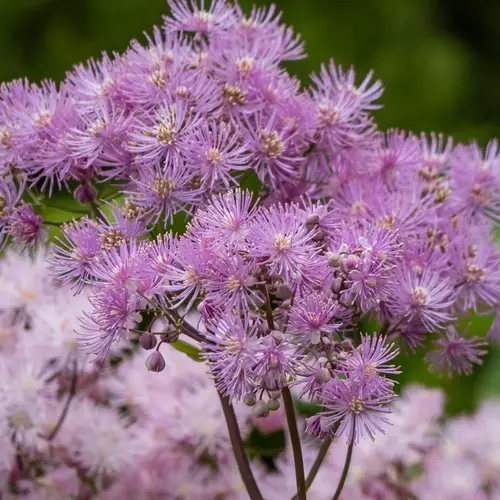












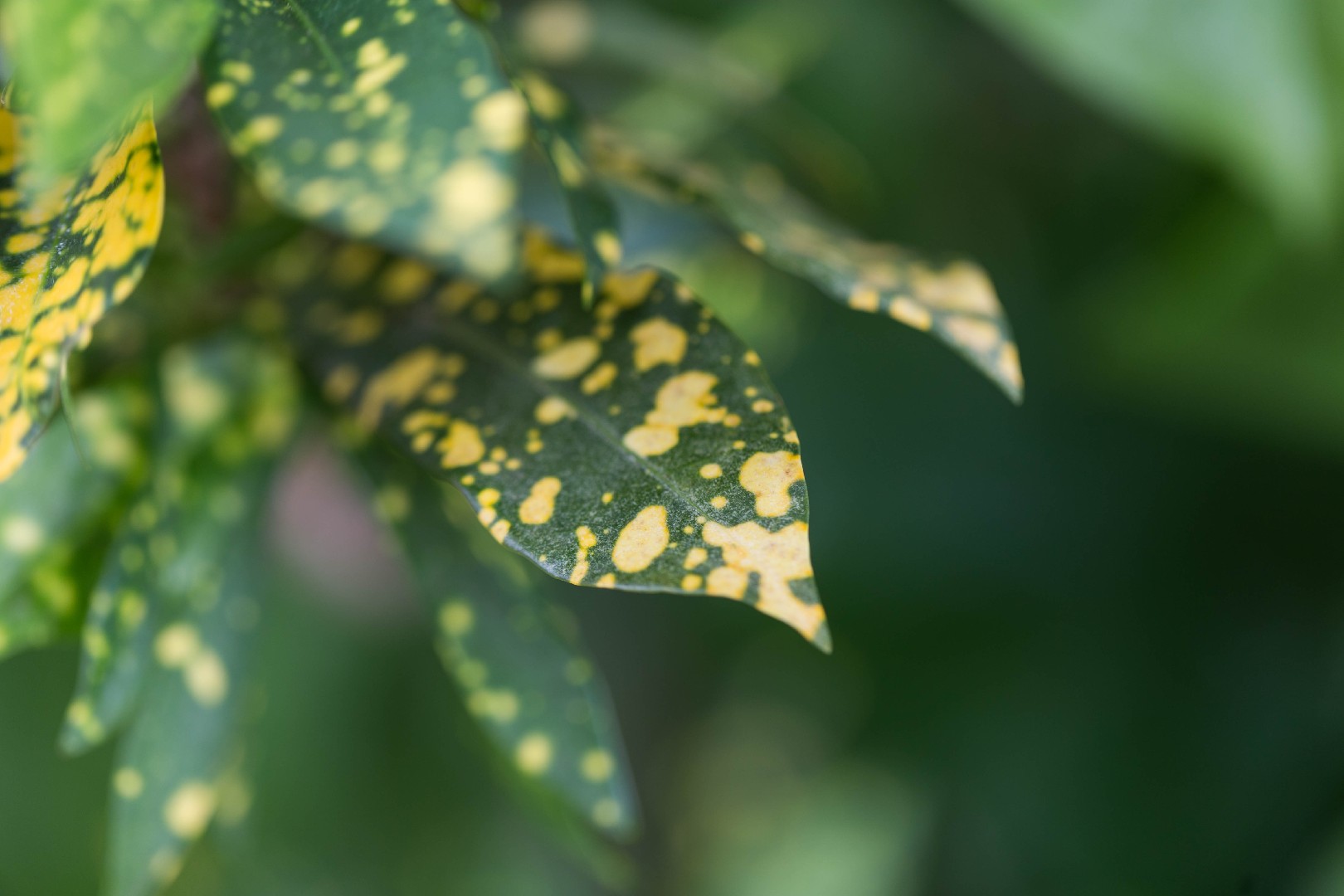

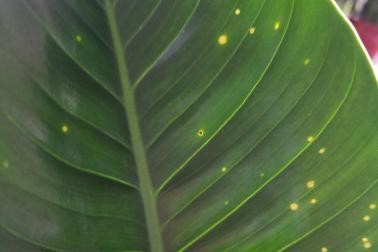

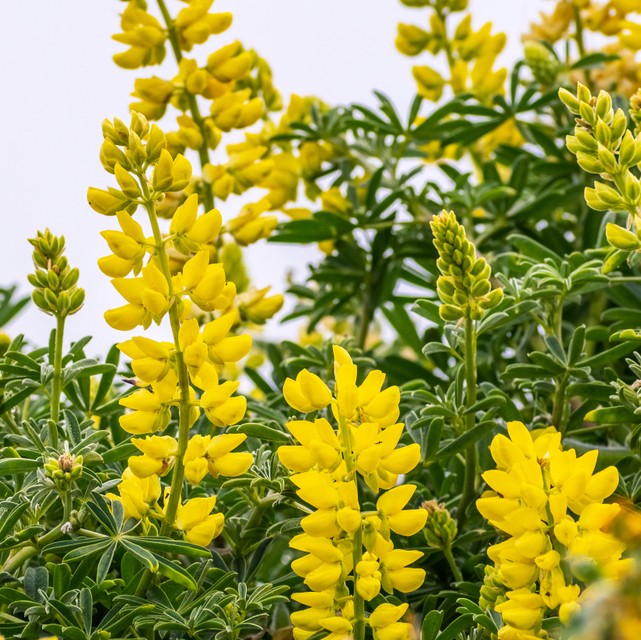

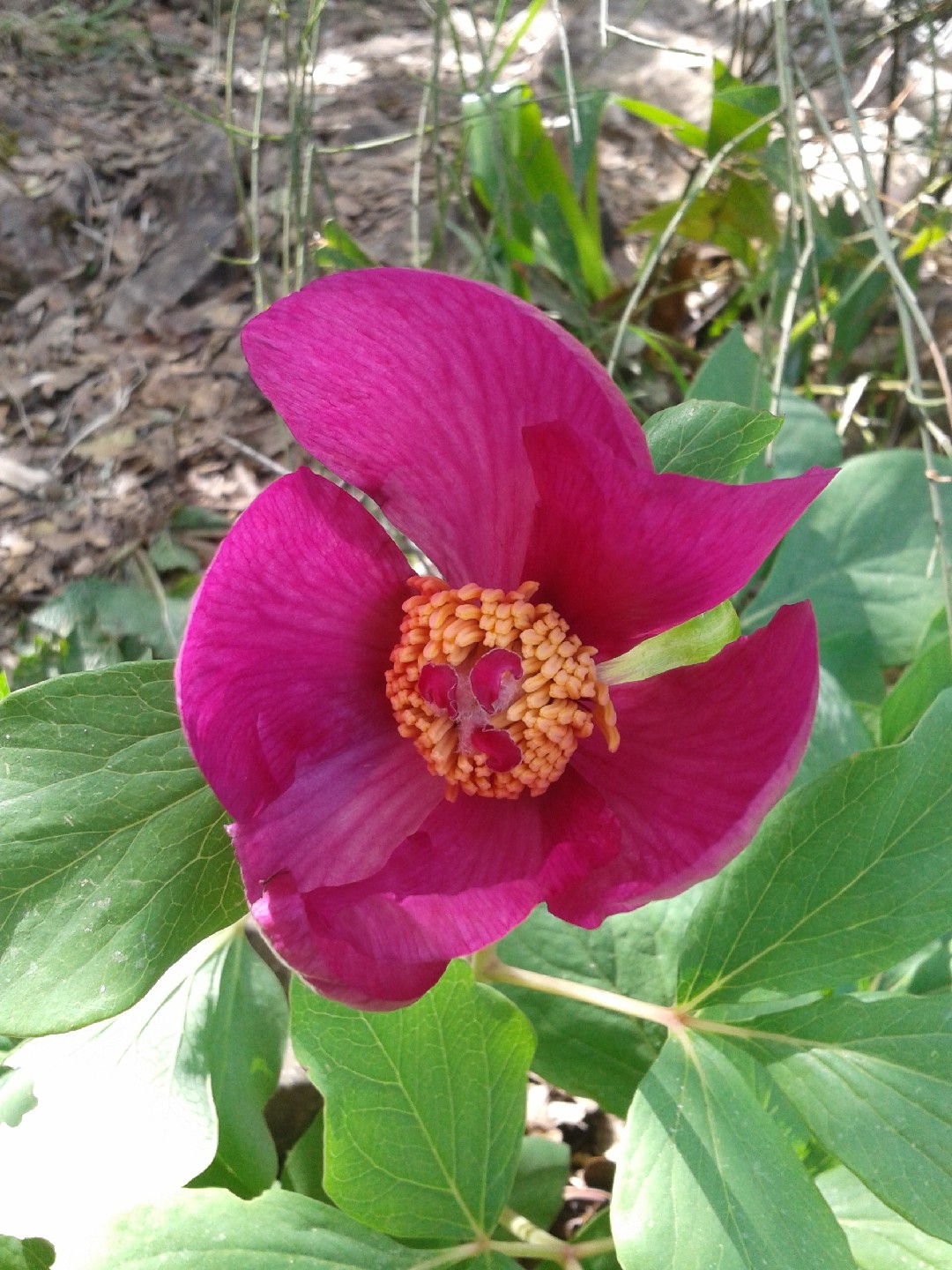
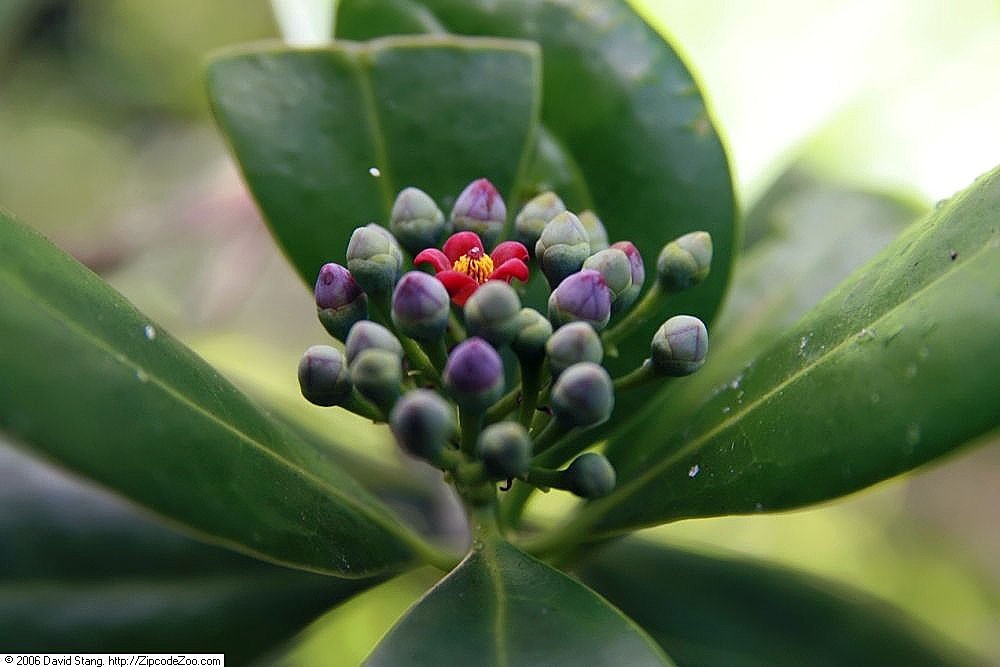
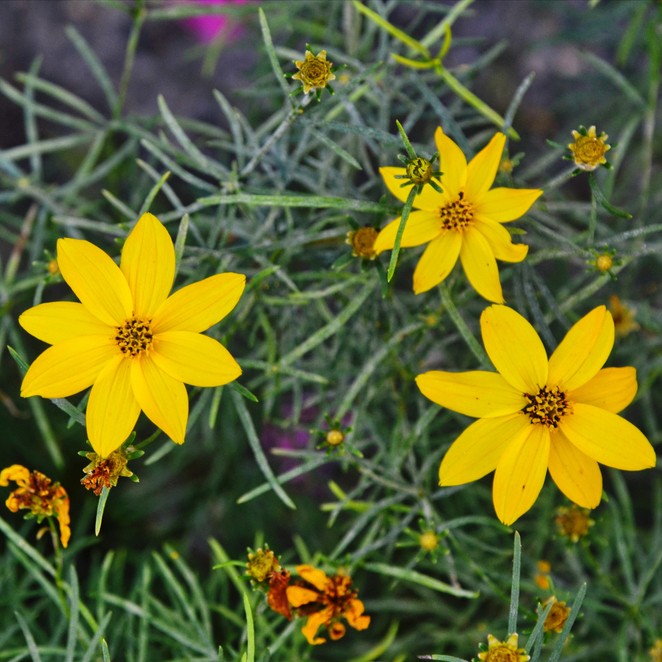

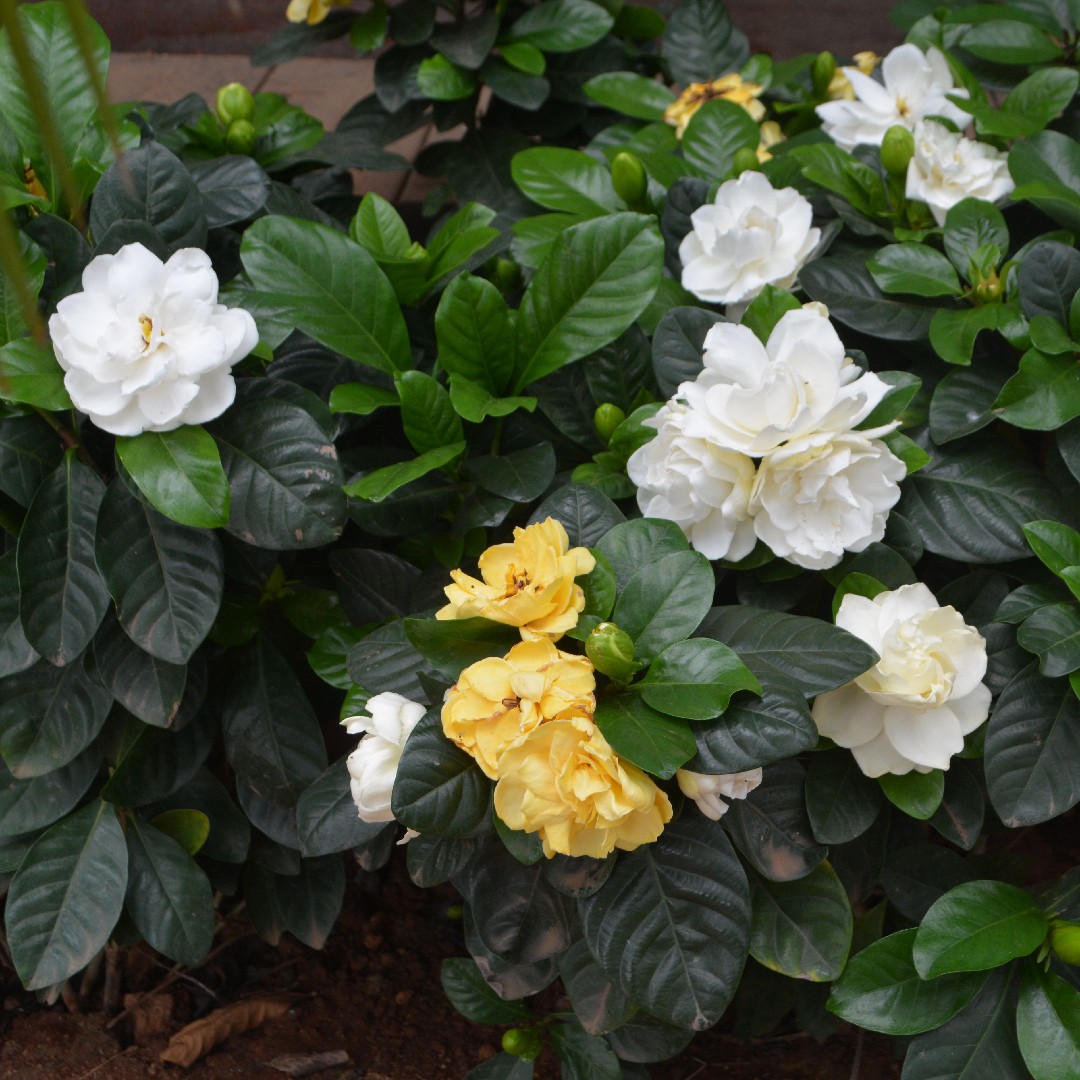








 Watch how sunlight gracefully moves through your garden, and choose spots that provide the perfect balance of light and shade for your plants, ensuring their happiness.
Watch how sunlight gracefully moves through your garden, and choose spots that provide the perfect balance of light and shade for your plants, ensuring their happiness. 






